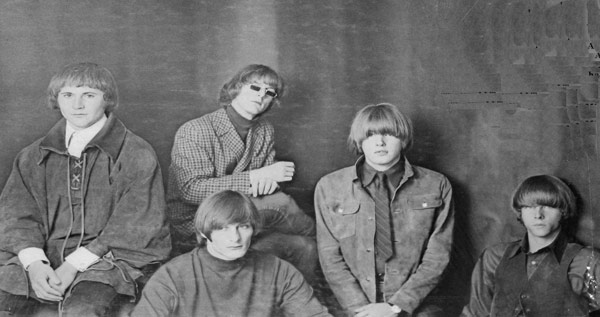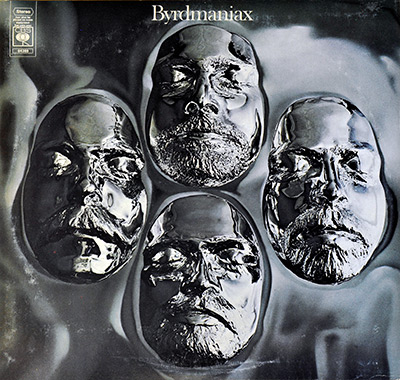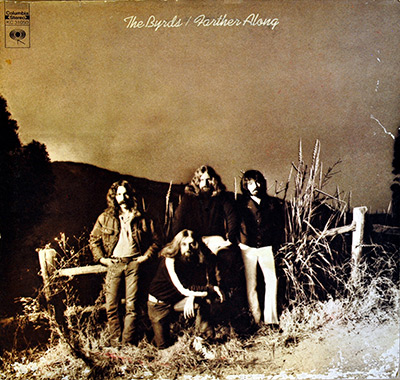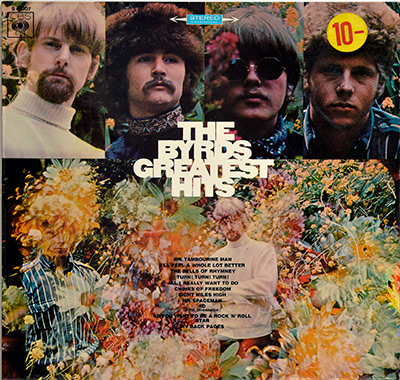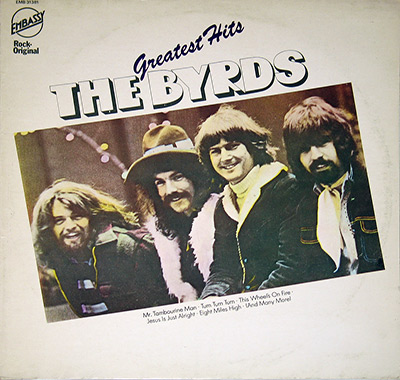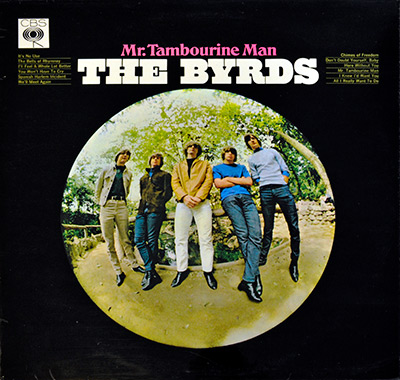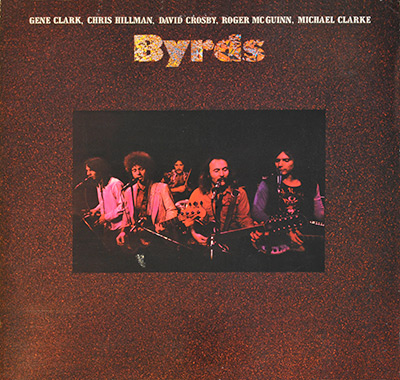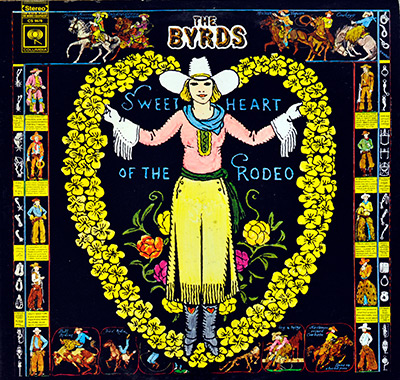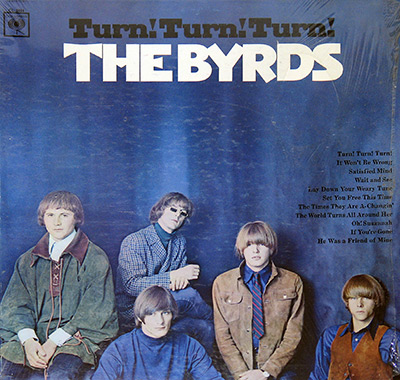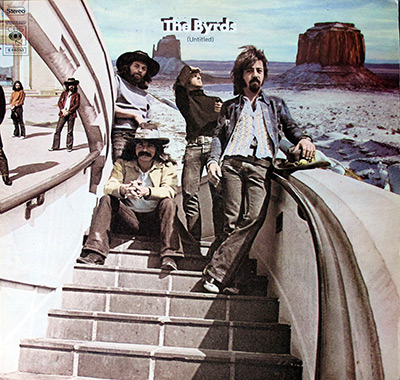Band Description
The Byrds were an influential American rock band that emerged in the mid-1960s, blending elements of folk, rock, and country music to create a distinctive sound that would go on to influence countless musicians in the decades that followed.
Formed in Los Angeles in 1964, the original lineup of the Byrds included Roger McGuinn, Gene Clark, David Crosby, Chris Hillman, and Michael Clarke. They quickly gained attention with their distinctive sound, featuring McGuinn's jangly 12-string guitar and the group's tight vocal harmonies.
The Byrds' early hits, such as "Mr. Tambourine Man" and "Turn! Turn! Turn!", were folk rock adaptations of songs by Bob Dylan and Pete Seeger, respectively. But as the band evolved, they began to incorporate more original material and explore new musical directions.
Their 1966 album "Fifth Dimension" marked a major turning point for the band, featuring experimental songs that incorporated elements of psychedelia and Indian music. The album also marked the departure of Gene Clark, who was replaced by Gram Parsons for the band's next album, "The Notorious Byrd Brothers".
Parsons' influence helped shape the Byrds' sound even further, as they embraced country rock and began to incorporate pedal steel guitar and other traditional country instruments into their music. However, Parsons' tenure with the band was short-lived, and he left to form the Flying Burrito Brothers after recording just one album with the Byrds.
Despite the various personnel changes over the years, the Byrds continued to release innovative and influential music throughout the 1960s and into the early 1970s. Their influence can be heard in the music of countless artists who followed in their footsteps, including Tom Petty, R.E.M., and the Eagles.
In addition to their musical contributions, the Byrds were also notable for their role in popularizing the use of the 12-string guitar in rock music, as well as for their innovative use of studio techniques such as phasing and echo.
While the band officially disbanded in 1973, their legacy lives on as one of the most innovative and influential groups of the 1960s. From their early folk rock hits to their later experiments with psychedelia and country rock, the Byrds' music continues to inspire and influence musicians to this day.
Trivia: The band name "The Byrds" is actually a play on words, as it intentionally misspells the word "birds." The band's founding member and guitarist, Jim McGuinn, came up with the name as a nod to the influence of the Beatles, who had famously misspelled their name with an "a" instead of an "e" in their early days. The misspelling of "birds" as "byrds" was meant to give the band a unique and distinctive name that would set them apart from other bands of the time. Additionally, it has been suggested that the misspelling also gave the band a certain mystique, as it forced people to ask questions about the origin and meaning of their name. Overall, the intentional misspelling of "birds" as "byrds" was a clever and effective branding decision that helped to establish the band's identity and contributed to their success.
